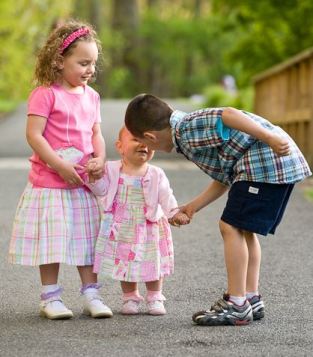
Natalie was just four when her brother Patrick, younger by two years, was diagnosed with autism. Even as a young girl, it was a blow for her. “I remember when he was born; it was so exciting. I was going to have a sibling!” she said. She soon realized, however, he wasn’t going to be a traditional brother like her friends had. “Why our family? Why us? Why me?” she asked.
Now, as a 22-year-old, Natalie accepts and cherishes her brother. But it took a long road to get there. “There are certain stages you go through.”
First, there was denial. She kept wishing the doctors were wrong or hoping he would have the kind of autism that doesn’t manifest itself so openly. As a child she used to draw fake, perfect families, hoping one day they would be real.
Then the anger. Her brother’s situation meant, she said, “you are not the most important person in your house. Your parents’ effort, and the people coming to your house, the therapist and the occupational therapist-all those people aren’t there for you, but for your brother.”
She would get frustrated that simple trips to the grocery involved stopping to tie shoes, crying, fits over which side of the car to sit on, complaints that the lights were too bright. She regularly thought about how unfair it all was.
Slowly, over many years, a shift occurred. She started seeing her brother not as a source of frustration, but as a unique person with his own strengths. “I looked at it from a different angle,” she said. “He’s an incredibly talented musician, and he has perfect pitch, and he can play the piano, he can play the drums, he is an excellent guitar player. When he started excelling at guitar, I realized I wasn’t dealing with a burden; he is an individual who is in some ways much more talented and much more capable than I am.”
Sibling challenges
Siblings like Natalie are often deeply impacted by a brother or sister with special needs.
In addition to having anger and resentment, Natalie placed pressure on herself to be the perfect child to her parents. She hated softball and basketball but played them for years so her dad would have a team to coach and cheer for on the weekends. “I tried to really excel at sports because my father didn’t have a son who he could go outside and play catch with,” she said.
She wouldn’t ask her parents for a ride to the mall or $5 for ice cream because she didn’t want to be a burden on them in any way. Even now, she feels the pressure to be successful in her career (she works in sales for a tech startup) so she can one day support her parents and brother. She even graduated from college a semester early to get the money rolling in sooner.
Rache, a 17-year-old high school junior, felt embarrassed inviting friends over to her house after school in case there was an episode by her younger sister Sophie, who had a severe form of OCD. There were times, she remembers, “when I would get anxious when Sophie was anxious” If her sister was having a tantrum, she would run into Sophie’s room and take away the scissors so she couldn’t harm herself or others.
Rachel also felt an obligation to take care of her sister. “As her older sister I took it on as my responsibility. There are times when she calls me her mom because I act like it, and I want to help her. I want to do whatever I can to support her.” One of the scariest moments was when her sister attended a treatment center across the country. “I felt like I was in zero control of what was happening,” she said.
We asked older siblings of children with special needs to give advice on how to address some of these challenges. Here is what they told us:
Advice for parents
Build a wide support system
Laura, a 26-year-old advertising executive, has a younger brother who is 23 and has a form of autism that makes it hard for him to communicate. As one of four kids, she felt the best thing her parents did was create a wide support system for her autistic brother so the burden didn’t fall as much on the family.
“He had after school programs, he had teachers who came to our house during dinner time, he had a lot of support so that didn’t put as much pressure on us or my parents,” she said. “They were able to care for more kids,” she said. Aunts and uncles would also step in and help spread out the responsibility.
Be open with your children and include them in decision-making.
Parents often try to shield siblings from what is happening. Natalie says that approach is well-intentioned, but it can cause more harm than good. “You want to feel like a team,” she said. “You want to feel like you are in this together, because too often the parents feel like a team and you are siloed, so it’s just you by yourself. If you include your kids in the conversations and let them help you make decisions, it’s huge because you feel like it’s not just on you.”
Set aside special time for each of your children
Rachel feels that the most important thing for parents is to “just remind your kids that you are always there for them and maybe set aside time for siblings so they know they are still cared about and loved.” This can be a private vacation, a special activity once a week, or five minutes before bed. Your children will cherish this time, she added. “I took the time that I did get with my parents not as much for granted as I had previously.”
Advice for siblings
Reach out to others
When she was younger, Natalie felt she was the only one in her situation, and that no one could possibly understand what she was going through. Once she got older and talked openly about it to friends, teachers, and boyfriends, she realized she was hardly alone. She even wrote an article about her challenges on a website and received thousands of responses.
“The more you hold it in, the worse it is,” she said. “When you put yourself out there, it’s scary—you don’t know what will happen. But you have to put yourself out there and find support and realize you aren’t by yourself.”
Laura agreed: “I can see that it can be isolating as a sibling,” she said. “I feel like the support network is very important for caring for someone with a disability. We especially need to reach out.”
Make special time for your sibling
The more siblings spend quality time with their brother or sister with special needs, the more they realize how remarkable that person is.
Laura realized how hard-working her brother was. “He is doing things all day and working all night, and he usually does it with a good attitude,” she said. “He’s taught me a lot.” She sets aside time to do special things with him so she can appreciate him more. He loves Aladdin, so she recently took him to see the musical on Broadway. They also regularly go to a theme park near the family home on Long Island.
Now that she can drive, Rachel likes to take her sister to Starbucks when she is getting frustrated with her schoolwork, to get a break. It’s a special time they can share, and it helps them grow closer and appreciate one another.
Make time for yourself
Many siblings feel guilty about wanting a break from their sibling with special needs, but getting time away is essential, said Rachel. “That was a major thing for me, and I had to step back at some points and have a break from it all. In the summer, especially, I get to be anxiety-free instead of worrying all the time. Just going out to dinner with my friends or going to see a movie helps.”
Focus on how your experiences have helped you
Looking back, Rachel realizes how having a sister with OCD made her the person she is today. She became more independent because she felt she couldn’t ask her parents, who were always so busy with her sister, things like how to solve a homework question. “I figured it out on my own,” she said.
She also thinks it made her a more aware and sensitive person. When her sister went into a treatment center she channeled her need to help into serving others. She “wasn’t able to do much,” she said, so “I took it upon myself to help others.” She joined J Teen leadership, a teen-led community service organization and soon started chairing it.
Laura believes having an autistic brother made her more curious and tolerant of people different than her. She spent a year in China teaching English, something she might not have done otherwise.
Natalie learned the life lesson of not measuring people against each other. “I think you are always comparing people to yourself,” she said, “And when you stop comparing someone to yourself and start thinking they are being the best person they can be, that’s when your eyes open and you are like, ‘Oh this makes sense and this is right and all is good.’ “
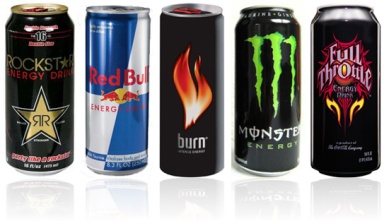


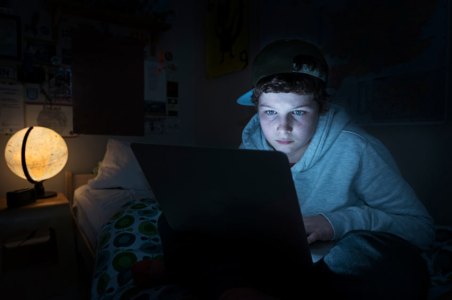
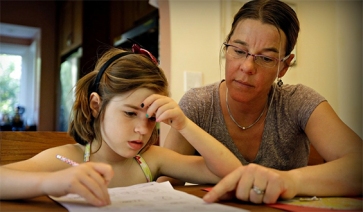
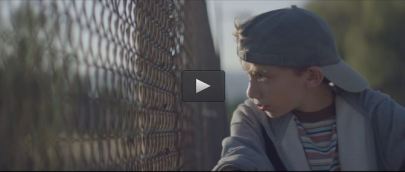
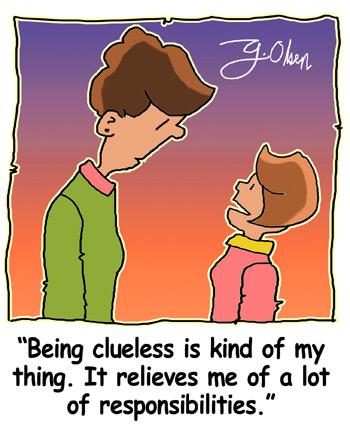
 s that Google has finally made this feature available as a formal setting in Gmail on the web.
s that Google has finally made this feature available as a formal setting in Gmail on the web.